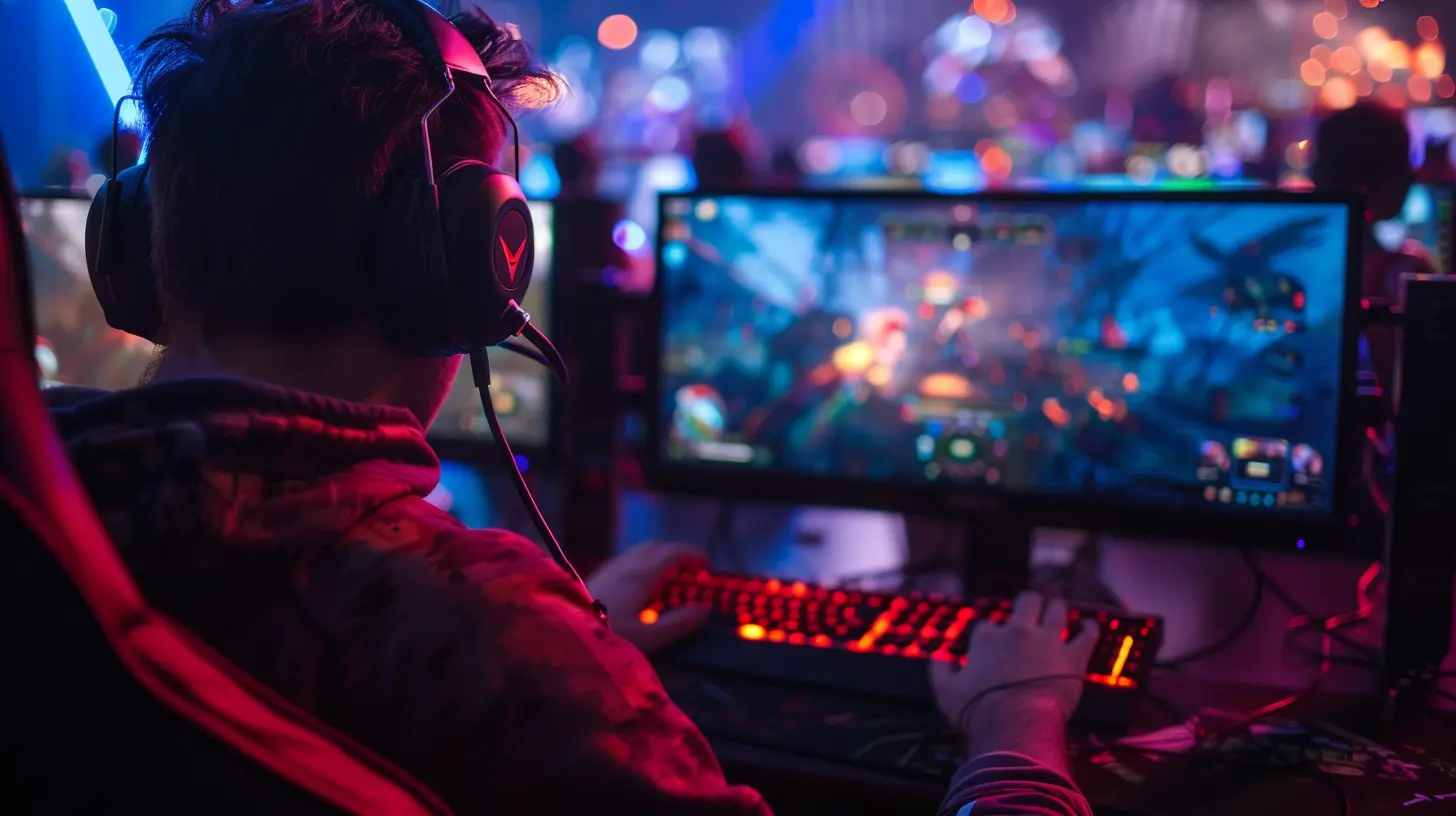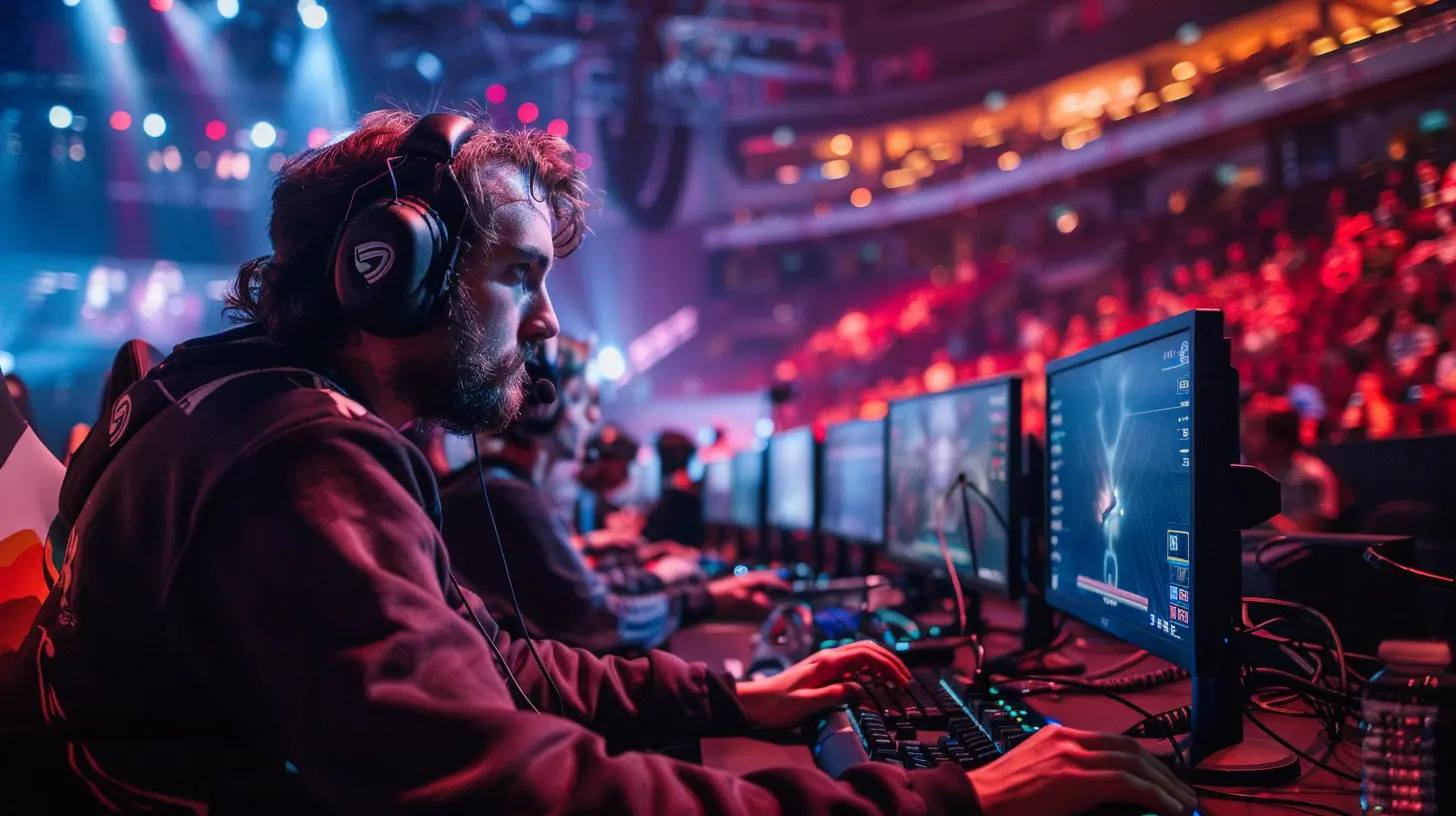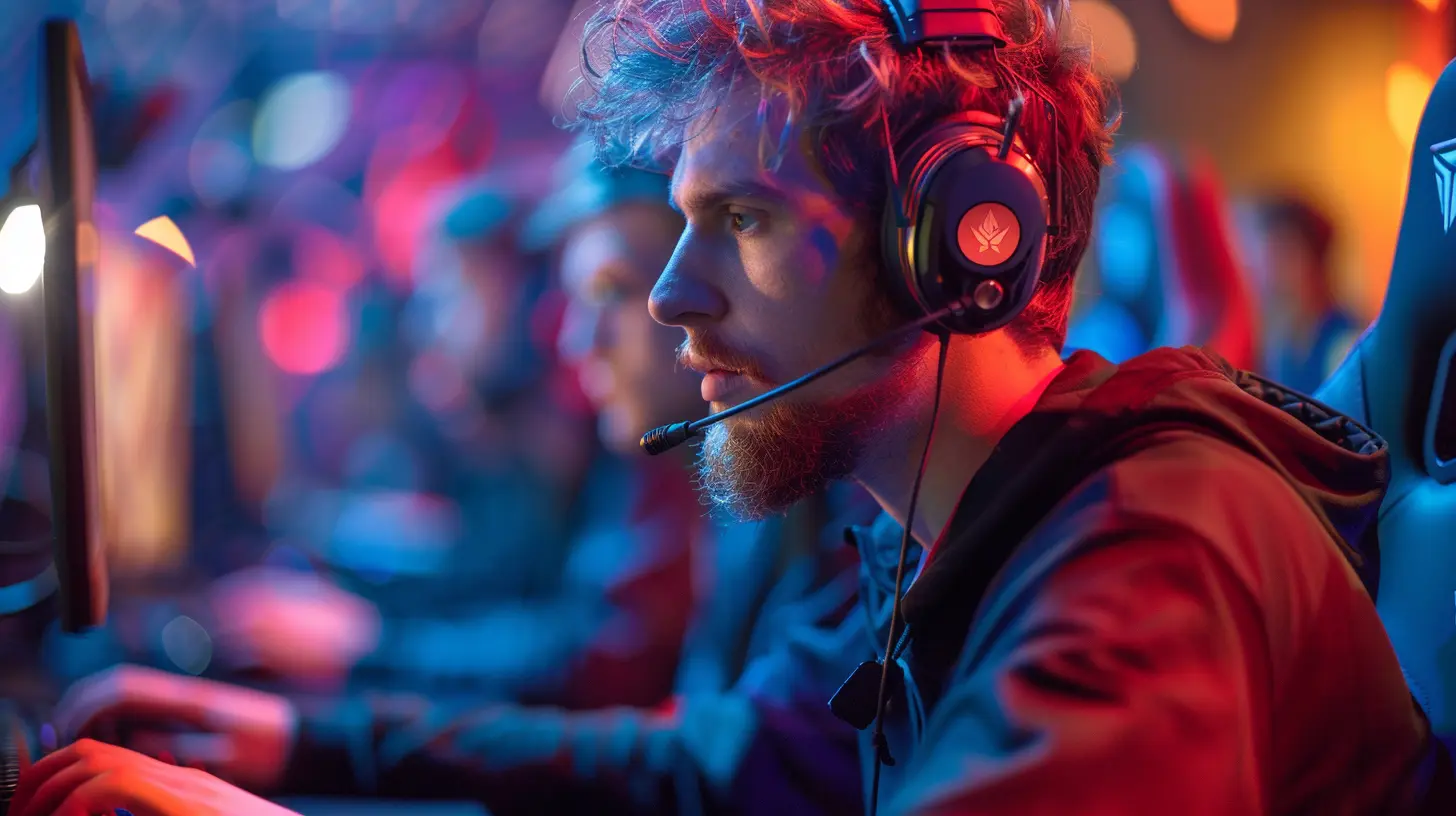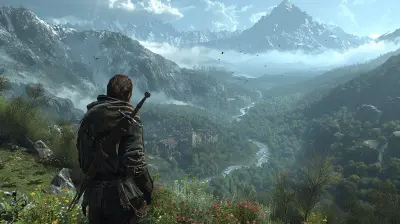The Origins of eSports: From StarCraft to League of Legends
19 October 2025
You ever wonder how gaming went from a fun weekend hobby to packed arenas, screaming fans, and million-dollar prize pools? The rise of eSports is one crazy, fascinating journey — and it didn’t happen overnight.
Nowadays, it’s hard to scroll through YouTube or Twitch without spotting someone streaming games like League of Legends, Valorant, or Dota 2. But where did it all begin? Let’s crank the clock back and walk through the epic road from StarCraft in smoky PC cafés to the modern-day eSports colosseums.

The Humble Beginnings: LAN Parties and Local Tournaments
Before we even get to StarCraft or League, we’ve got to rewind a little further. Back in the '90s, competitive gaming was already brewing — but it was a far cry from what we see today.Think less “sold-out stadiums” and more “basement LAN parties.” Games like Doom and Quake were laying the groundwork for organized play. Players would lug around their massive CRT monitors and towers, connect through local area networks, and battle it out in all-night fragfests.
Yeah, it was nerdy... but it was also the start of something big.

Enter StarCraft: The Birth of Competitive eSports
Now let’s talk about StarCraft — the OG of professional gaming. Launched in 1998 by Blizzard Entertainment, StarCraft wasn't just another RTS (real-time strategy) game. It was the spark that lit the fire.Why StarCraft?
Here’s the thing — StarCraft was perfectly balanced (well, most of the time) and had insanely high skill ceiling. If you wanted to be good, you had to be fast, smart, and strategic. Like, 300-actions-per-minute fast.But what really turned StarCraft into a full-blown eSport was South Korea.
South Korea’s Big Leap
South Korea basically adopted StarCraft as a national pastime. Maybe it was the timing — the country had just rolled out high-speed internet, and PC bangs (internet cafés) were popping up on every corner.Soon, television networks were broadcasting live matches. Yeah, on real TV! Players like BoxeR, NaDa, and Flash became household names. They were rockstars with fan followings, coaches, and sponsorships.
South Korea showed the world that video games could be more than just entertainment — they could be sports.

Counter-Strike and the FPS Revolution
While StarCraft was dominating Asia, the West was setting the stage with something a bit more... explosive.Counter-Strike (originally a mod for Half-Life) took competitive first-person shooters to the next level. Launched in 1999, CS became a LAN party favorite and slowly evolved into a tournament staple.
The Rise of Tournaments
Enter events like the Cyberathlete Professional League (CPL) and the World Cyber Games (WCG). These were some of the first international tournaments, pulling in players from around the world with cash prizes and glory on the line.Counter-Strike proved that eSports wasn’t just a fluke — it had global appeal. And it didn’t stop there.

The Dawn of MOBAs: A New Challenger Appears
While FPS and RTS games were laying the foundation, a new genre was quietly taking shape — the MOBA (Multiplayer Online Battle Arena).From Warcraft III to DoTA
It all started with a mod. Defense of the Ancients (DoTA) was a fan-made custom map for Warcraft III that exploded in popularity. Players loved the strategic depth, teamwork, and hero-based combat.DoTA became a phenomenon, especially in Southeast Asia, Eastern Europe, and China. But there was one big problem: it was still just a mod.
Enter League of Legends
In 2009, Riot Games dropped a little game called League of Legends — and it changed everything.League took the DoTA formula and polished it. It had better servers, frequent updates, an improving matchmaking system, and most importantly, a developer that actually supported competitive play.
It didn’t take long for LoL to go from “that new MOBA” to the biggest eSport on the planet.
The Start of the League of Legends eSports Era
League of Legends didn’t just become an eSport — it practically defined a generation of competitive gaming.The Creation of the LCS and Global Leagues
In 2013, Riot started organizing official regional leagues like the LCS (North America), LEC (Europe), LCK (Korea), and LPL (China). These leagues brought professionalism to eSports in a way we hadn’t seen before.We’re talking salaries, contracts, team houses, coaching staffs — the works.
Worlds: The Superbowl of eSports
And then there’s the World Championship, or “Worlds.” Every year, teams from all over the globe duke it out for the Summoner’s Cup. It’s not just an event — it’s a cultural moment.Let’s put it like this: In 2018, over 100 million people watched Worlds. That’s Super Bowl-level viewership. All for a video game.
Streaming and the Influence of Twitch
Let’s be honest — none of this would’ve popped off the way it did without platforms like Twitch.When Twitch launched in 2011, it gave gamers a stage. Suddenly, you weren't just playing; you were performing. People could watch, cheer, subscribe, and donate — all in real time.
This meant pros could build personal brands, organizations could connect with fans, and tournaments could reach global audiences without traditional TV.
Streaming pushed eSports into the mainstream — making it more accessible, exciting, and, well, addicting to watch.
Prize Pools, Sponsorships, and Big Money Moves
Let’s talk cash — because eSports isn’t some small-time hustle anymore.Games like Dota 2 have raised prize pools over $40 million thanks to crowdfunding. Corporate sponsors like Red Bull, Nike, and even Louis Vuitton have jumped in.
Players are signing multi-million dollar contracts. Organizations are securing investment from celebrities, athletes, and tech giants. We’re truly in the golden age of competitive gaming.
How StarCraft and League of Legends Shaped Today's Scene
It’s kind of poetic, isn’t it? StarCraft laid the first bricks by proving that a game could be sport-worthy. League of Legends built the mansion, with infrastructure, global leagues, and fandom that rivals traditional sports.Without StarCraft’s fierce 1v1 strategy, we might never have appreciated the fine-tuned mechanics and mental discipline of eSports. Without League’s team-based strategy and spectacular plays, we might’ve missed out on the emotion and drama that turns a game into a story.
The Globalization of eSports
One of the coolest things about the evolution of eSports? It went worldwide — fast.No longer is it just Korea, the U.S., or Europe leading the charge. Talented players are popping up from Brazil, Vietnam, Turkey, the Philippines, and across the globe. Gaming has become a universal language… and eSports its loudest voice.
What’s Next for Competitive Gaming?
So where do we go from here?We’re seeing eSports in the Olympics discussions. Colleges are offering scholarships for gaming. There are even high schools with varsity eSports teams.
With the rise of mobile eSports, VR, and the metaverse, who knows what the next chapter holds?
What’s clear is this: eSports is here to stay. And whether you’re a nostalgic StarCraft fan or a die-hard LoL lifer, you’re part of a movement that’s changing the world — one match at a time.
Final Thoughts
It’s been a wild ride, right? From dusty LAN parties and pixelated Zerg rushes to global stages, eSports has proven that gaming isn’t just play — it’s passion, it’s performance, and it’s a profession.Whether you shoutcast your favorite team, play ranked on the weekends, or just click “spectate” during Worlds, you’re witnessing the power of a community that refuses to be underestimated.
And to think… it all started with a few players and a lot of heart.
all images in this post were generated using AI tools
Category:
Gaming HistoryAuthor:

Brianna Reyes
Discussion
rate this article
1 comments
Aurelia McMillen
From humble beginnings in competitive gaming, eSports has exploded into a global phenomenon that unites millions. The evolution from StarCraft to League of Legends isn’t just about games; it’s a testament to passion, community, and the relentless drive to excel. Embrace the journey—this is just the beginning!
October 19, 2025 at 2:32 PM

Brianna Reyes
Thank you! It’s inspiring to see how eSports has grown from its roots in competitive gaming to a vibrant global community. Excited for what lies ahead!


